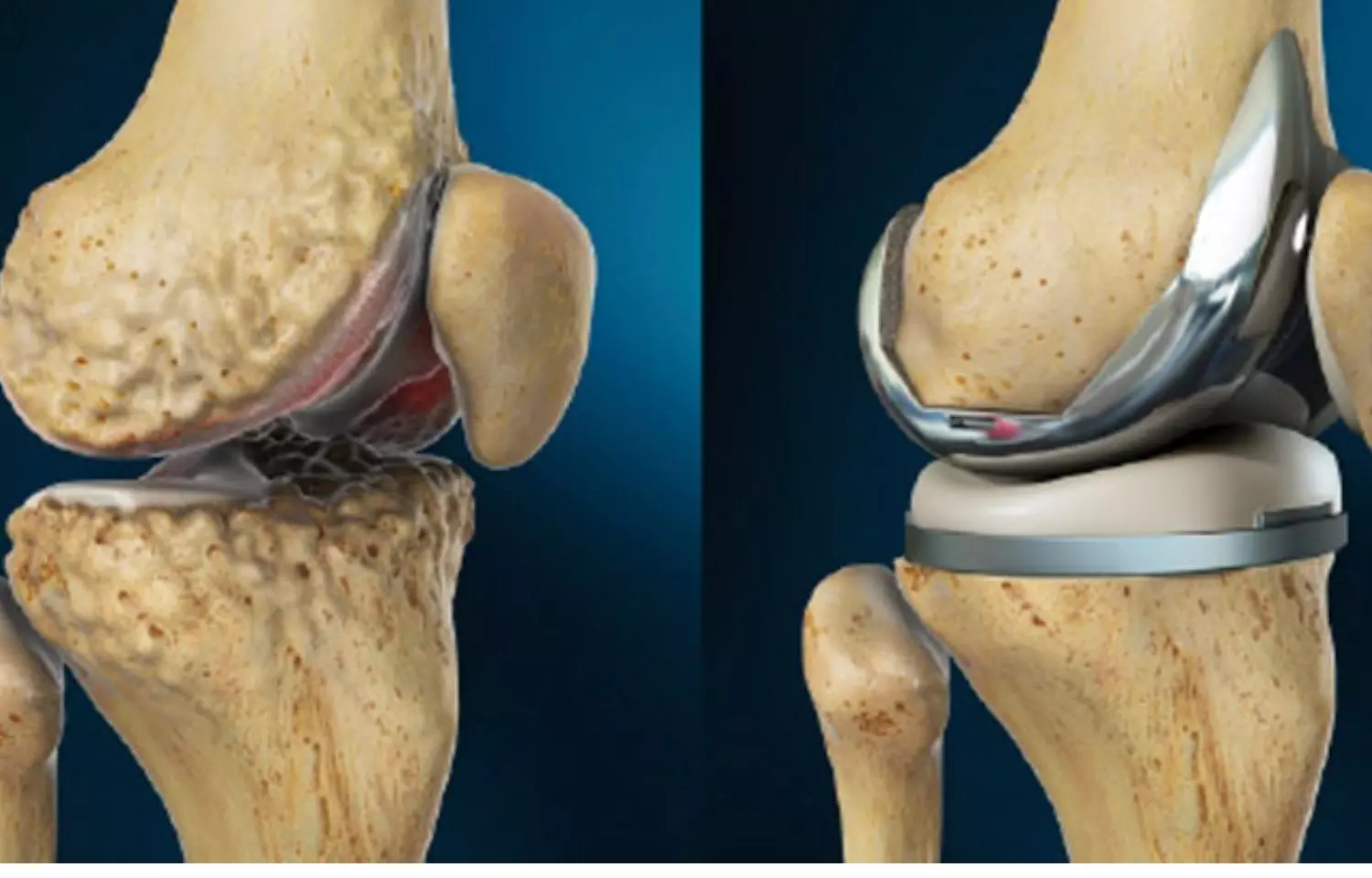- Home
- Medical news & Guidelines
- Anesthesiology
- Cardiology and CTVS
- Critical Care
- Dentistry
- Dermatology
- Diabetes and Endocrinology
- ENT
- Gastroenterology
- Medicine
- Nephrology
- Neurology
- Obstretics-Gynaecology
- Oncology
- Ophthalmology
- Orthopaedics
- Pediatrics-Neonatology
- Psychiatry
- Pulmonology
- Radiology
- Surgery
- Urology
- Laboratory Medicine
- Diet
- Nursing
- Paramedical
- Physiotherapy
- Health news
- Fact Check
- Bone Health Fact Check
- Brain Health Fact Check
- Cancer Related Fact Check
- Child Care Fact Check
- Dental and oral health fact check
- Diabetes and metabolic health fact check
- Diet and Nutrition Fact Check
- Eye and ENT Care Fact Check
- Fitness fact check
- Gut health fact check
- Heart health fact check
- Kidney health fact check
- Medical education fact check
- Men's health fact check
- Respiratory fact check
- Skin and hair care fact check
- Vaccine and Immunization fact check
- Women's health fact check
- AYUSH
- State News
- Andaman and Nicobar Islands
- Andhra Pradesh
- Arunachal Pradesh
- Assam
- Bihar
- Chandigarh
- Chattisgarh
- Dadra and Nagar Haveli
- Daman and Diu
- Delhi
- Goa
- Gujarat
- Haryana
- Himachal Pradesh
- Jammu & Kashmir
- Jharkhand
- Karnataka
- Kerala
- Ladakh
- Lakshadweep
- Madhya Pradesh
- Maharashtra
- Manipur
- Meghalaya
- Mizoram
- Nagaland
- Odisha
- Puducherry
- Punjab
- Rajasthan
- Sikkim
- Tamil Nadu
- Telangana
- Tripura
- Uttar Pradesh
- Uttrakhand
- West Bengal
- Medical Education
- Industry
Significant improvement in early LVEF and 5-yr mortality rate post TAVR: JAMA

Significant improvement in left ventricular ejection fraction (LVEF) and lower 5-year all-cause mortality can be seen within 1 month after transcatheter aortic valve replacement (TAVR) in patients with severe aortic stenosis and LVEF less than 50% as per a recent study that was published in the journal "JAMA Cardiology."
Previous research indicates that in patients with severe aortic stenosis and left ventricular ejection fraction of less than 50%, early LVEF improvement after TAVR is associated with improved 1-year mortality. So, researchers conducted a study to examine the association between early LVEF improvement after TAVR and 5-year outcomes.
Researchers performed a cohort study to analyze patients enrolled in the Placement of Aortic Transcatheter Valves (PARTNER) 1, 2, and S3 trials and registries between July 2007 and April 2015. High- and intermediate-risk patients with a baseline LVEF of less than 50% who underwent transfemoral TAVR were included in the study. Data were analyzed from August 2020 to May 2021. Early LVEF improvement, defined as an increase of 10 percentage points or more at 30 days and also as a continuous variable (ΔLVEF between baseline and 30 days) along with All-cause death at 5 years were the main outcomes of measurement.
Results:
- 659 patients were taken into the study with LVEF of less than 50%. Of these 468 (71.0%) were male, and the mean (SD) age was 82.4 (7.7) years.
- LVEF improvement within 30 days following transfemoral TAVR occurred in 216 patients (32.8%).
- Prior myocardial infarction, diabetes, cancer, higher baseline LVEF, larger left ventricular end-diastolic diameter, and larger aortic valve area was independently associated with a lower likelihood of LVEF improvement.
- Patients with vs without early LVEF improvement after TAVR had lower 5-year all-cause death and cardiac death.
- In multivariable analyses, early improvement in LVEF (modeled as a continuous variable) was associated with lower 5-year all-cause death and cardiac death after TAVR.
- Restricted cubic spline analysis demonstrated a visual inflection point at ΔLVEF of 10% beyond which there was a steep decline in all-cause mortality with an increasing degree of LVEF improvement.
- There were no statistically significant differences in rehospitalization, New York Heart Association functional class, or Kansas City Cardiomyopathy Questionnaire Overall Summary score at 5 years in patients with vs without early LVEF improvement.
- In subgroup analysis, the association between early LVEF improvement and 5-year all-cause death was consistent regardless of the presence or absence of coronary artery disease or prior myocardial infarction.
Thus, the researchers concluded that 1 in 3 patients with severe aortic stenosis and LVEF less than 50% experienced LVEF improvement within 1 month after TAVR and is also associated with lower 5-year all-cause and cardiac death.
To read the full article, click here: doi:10.1001/jamacardio.2022.2222
Kolte D, Bhardwaj B, Lu M, et al. Association Between Early Left Ventricular Ejection Fraction Improvement After Transcatheter Aortic Valve Replacement and 5-Year Clinical Outcomes. JAMA Cardiol. Published online July 27, 2022. doi:10.1001/jamacardio.2022.2222
BDS, MDS
Dr.Niharika Harsha B (BDS,MDS) completed her BDS from Govt Dental College, Hyderabad and MDS from Dr.NTR University of health sciences(Now Kaloji Rao University). She has 4 years of private dental practice and worked for 2 years as Consultant Oral Radiologist at a Dental Imaging Centre in Hyderabad. She worked as Research Assistant and scientific writer in the development of Oral Anti cancer screening device with her seniors. She has a deep intriguing wish in writing highly engaging, captivating and informative medical content for a wider audience. She can be contacted at editorial@medicaldialogues.in.
Dr Kamal Kant Kohli-MBBS, DTCD- a chest specialist with more than 30 years of practice and a flair for writing clinical articles, Dr Kamal Kant Kohli joined Medical Dialogues as a Chief Editor of Medical News. Besides writing articles, as an editor, he proofreads and verifies all the medical content published on Medical Dialogues including those coming from journals, studies,medical conferences,guidelines etc. Email: drkohli@medicaldialogues.in. Contact no. 011-43720751



